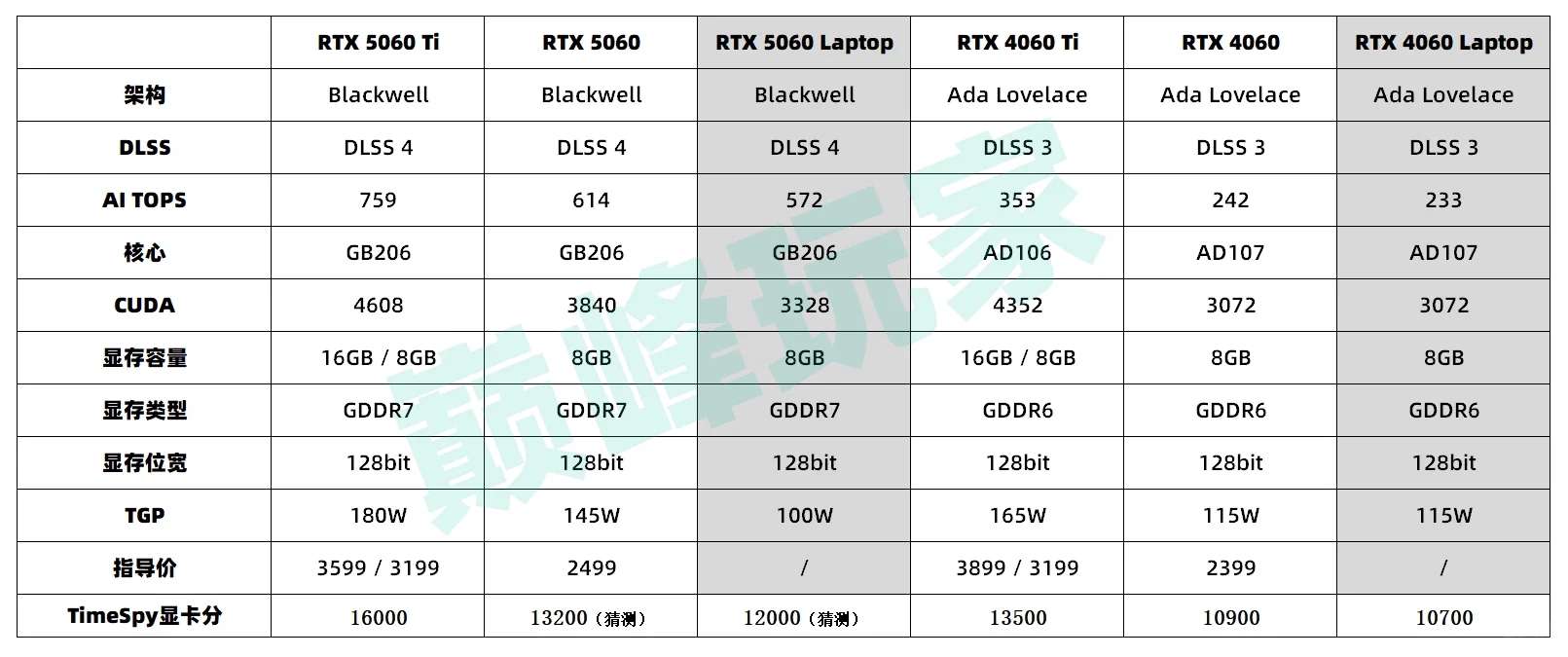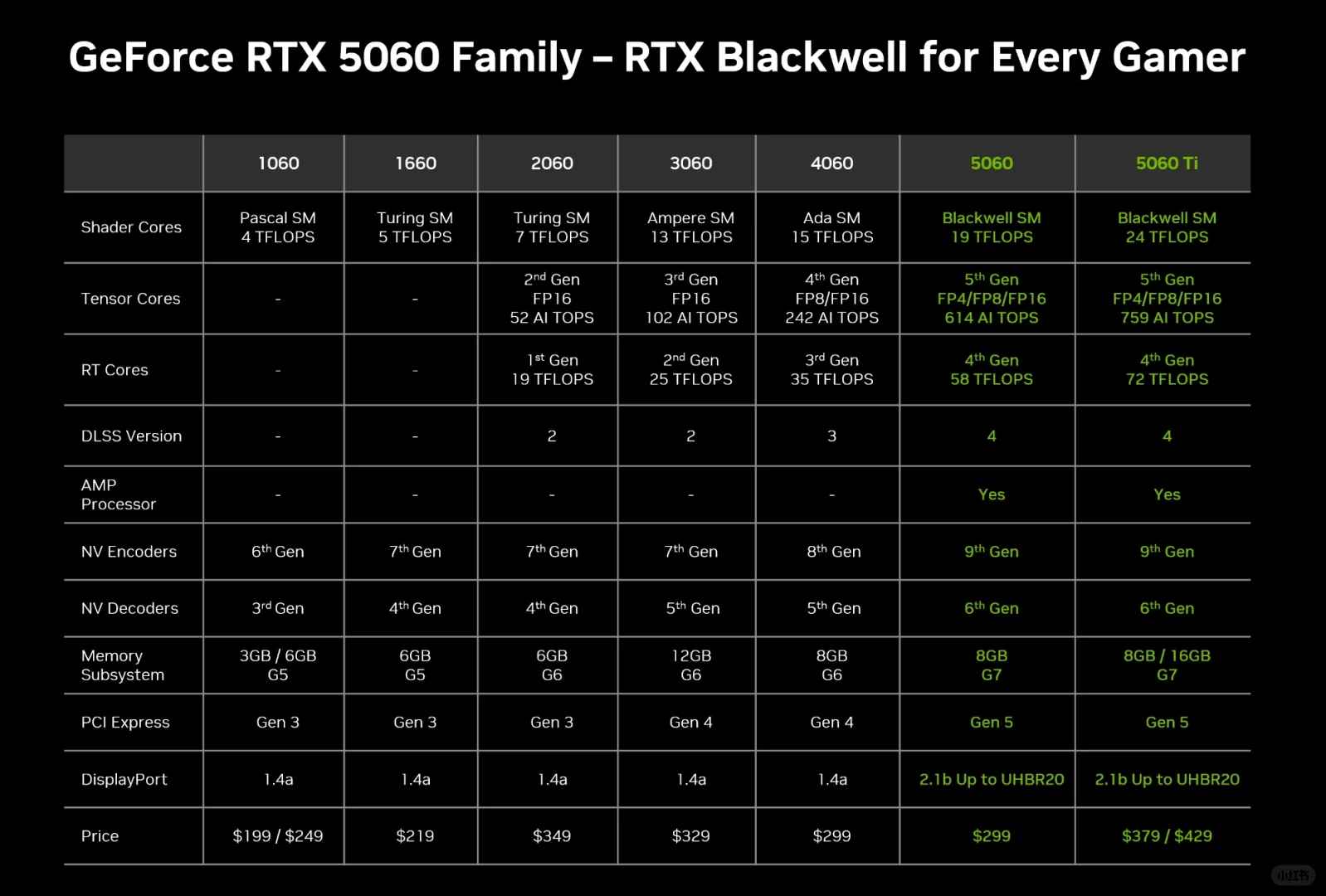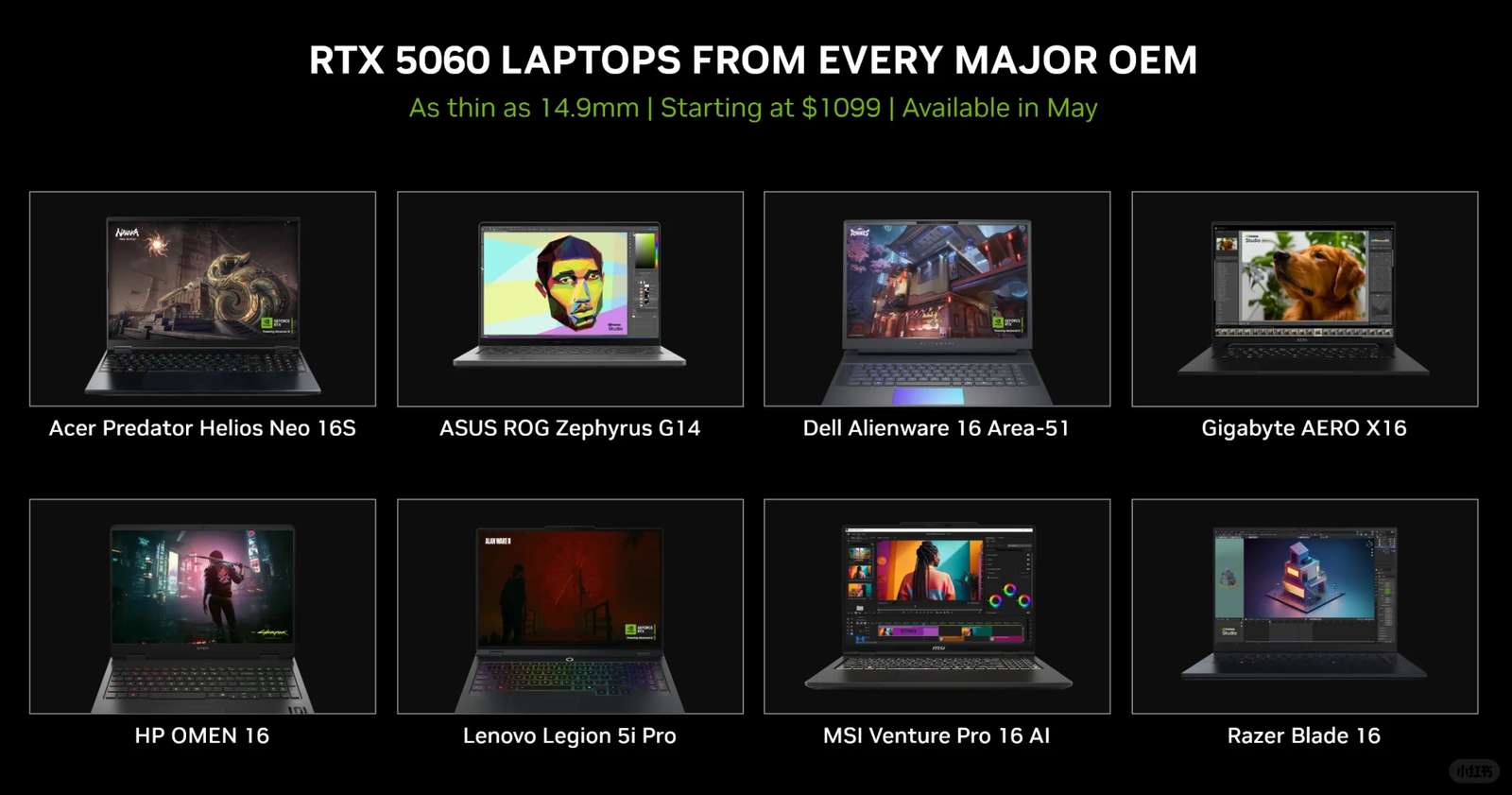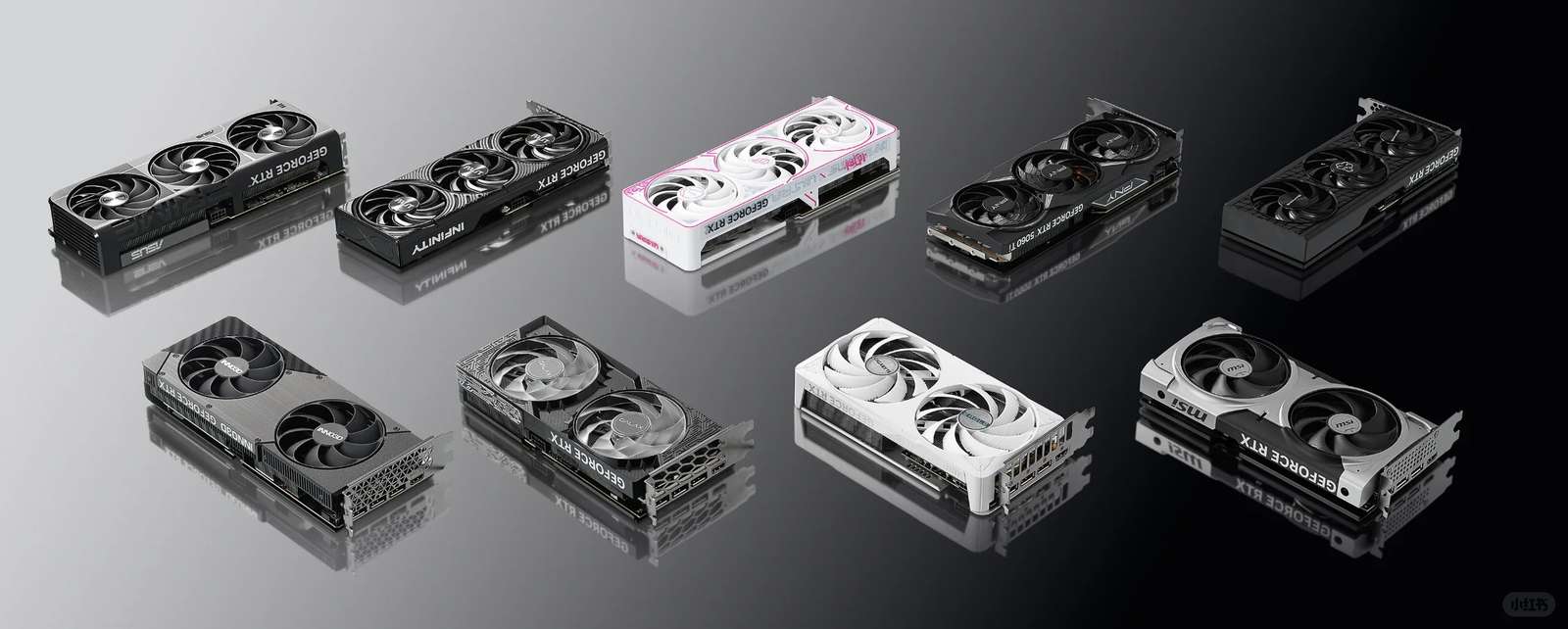April 15th marked another exciting release from NVIDIA,
introducing 3 new graphics cards across 4 configurations:

Desktop Models:
RTX 5060 8GB
RTX 5060 Ti 8GB
RTX 5060 Ti 16GB

Laptop Model:
RTX 5060 8GB

For the coming month,
all eyes are now on the anticipated release of the RTX 5050 8GB.

The newly launched 5060 series specifications and desktop MSRPs are clearly illustrated in the accompanying chart.

The RTX 5060 Ti, exclusively for desktops, has already had its performance benchmarks revealed and is available for purchase.
With a TimeSpy score around 16,000, it trails the RTX 4070 by about 10%,
but delivers a solid 20% improvement over the RTX 4060 Ti.
Among these six GPUs (new and previous generation),
the RTX 4060 scores approximately 11,000 in TimeSpy,
while the RTX 4060 Ti reaches about 13,500.
NVIDIA’s data suggests the desktop RTX 5060 offers roughly 20% better performance than its 4060 predecessor,
translating to a TimeSpy score near 13,200 – comparable to the RTX 4060 Ti.
The laptop RTX 5060 suffers significant specification cuts compared to its desktop counterpart,
likely resulting in a TimeSpy score around 12,000.
Without considering DLSS 4, it still falls slightly behind the laptop RTX 4070,
but represents about a 13% improvement over the laptop RTX 4060.
The truth will be revealed when RTX 5060 laptops hit the market in May.
Now, let’s talk pricing:
The desktop RTX 5060 carries a $100 premium over the 4060.
Positioned as a 2K gaming card,
the RTX 5060 Ti 16GB version actually comes in $300 cheaper than the 4060 Ti 16GB.
The larger VRAM proves particularly valuable for high-resolution AAA gaming or demanding applications like large AI models.
The 8GB variant of the RTX 5060 Ti,
with its $400 price difference from the 16GB model,
will likely see most buyers opting for the higher VRAM version.
However, finding these at MSRP proves challenging –
while stock magically appears at inflated prices. Classic market dynamics at play.
I had no idea first aid for severe bleeding could be so critical in accidents like deep cuts. It’s good to know the steps to take while waiting for emergency services, especially with how quickly things can escalate. The guide was helpful, but I hope people never have to use it in real life unless they really know what they’re doing.